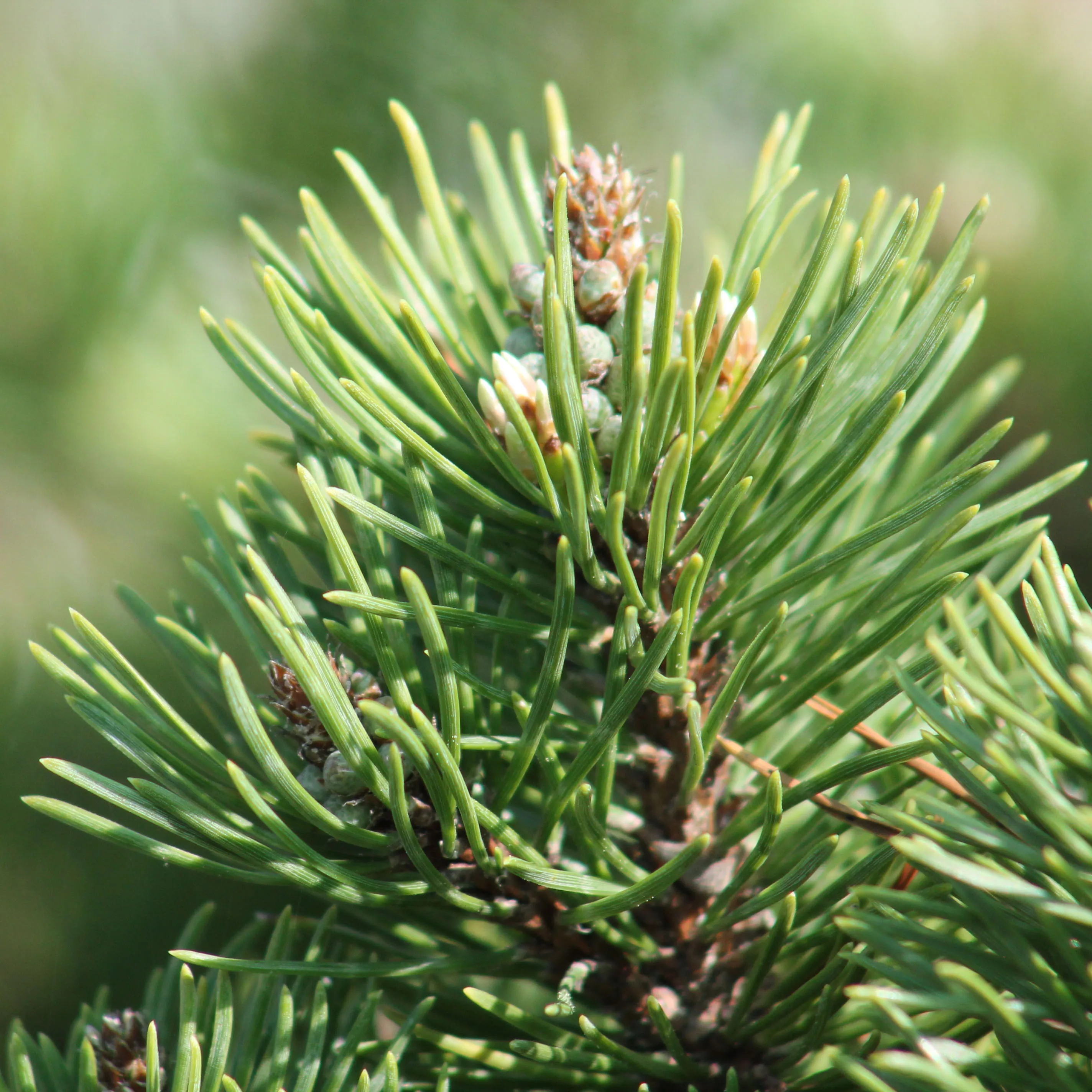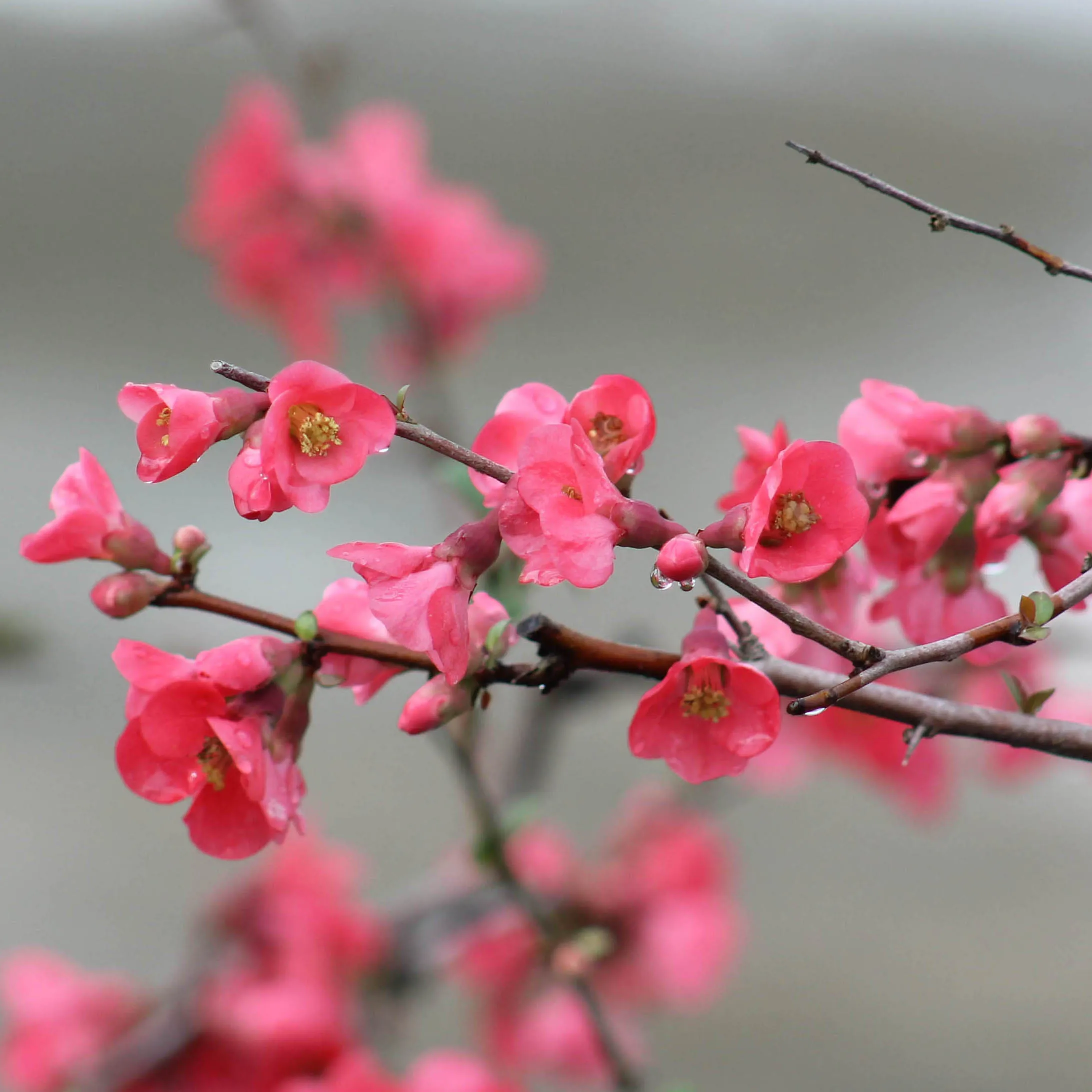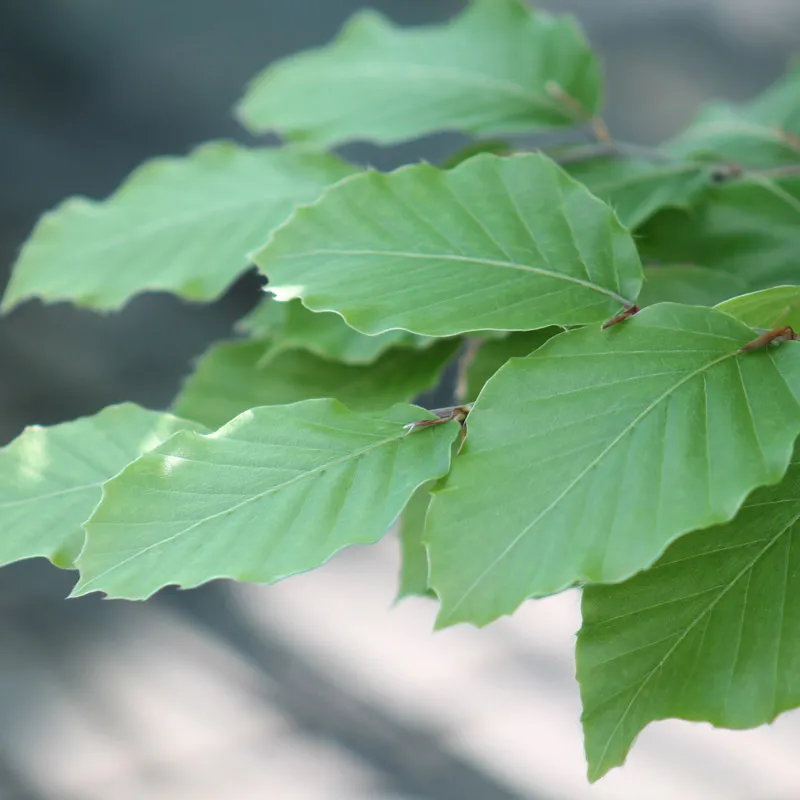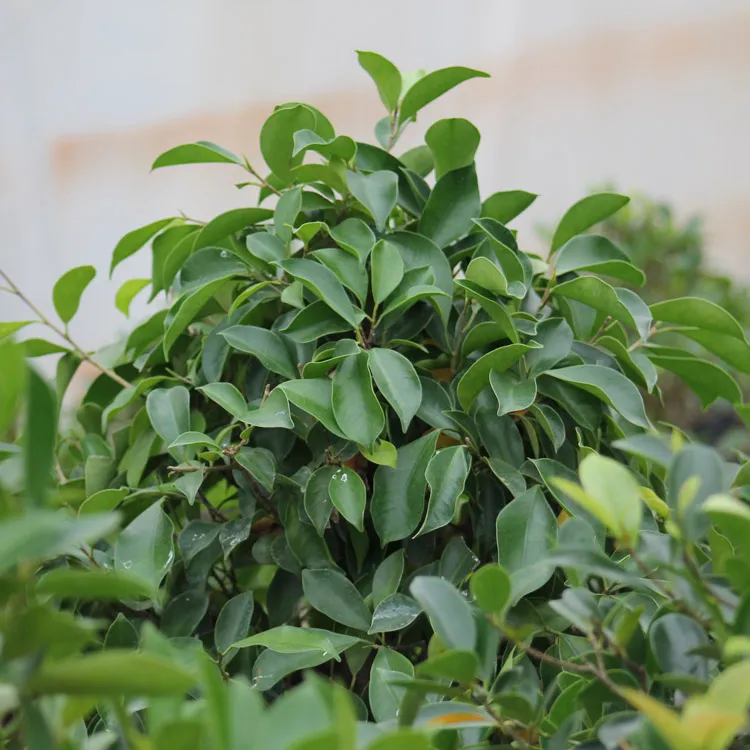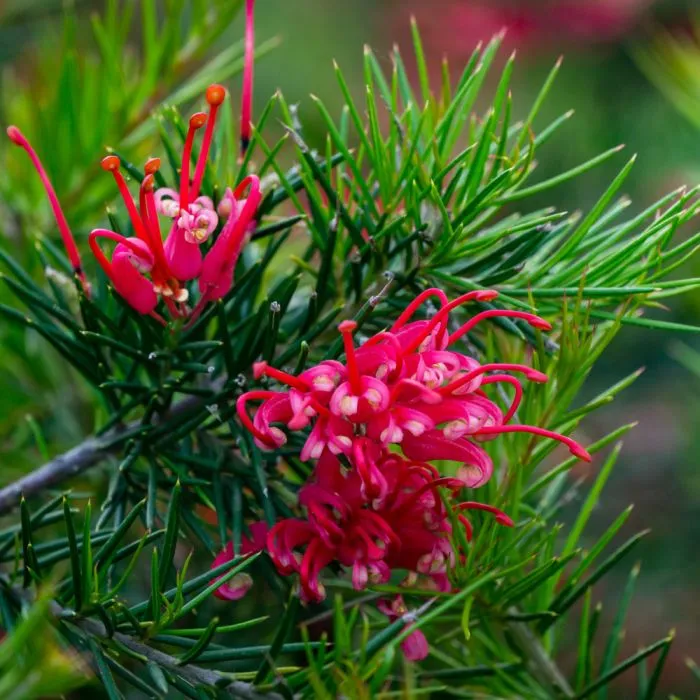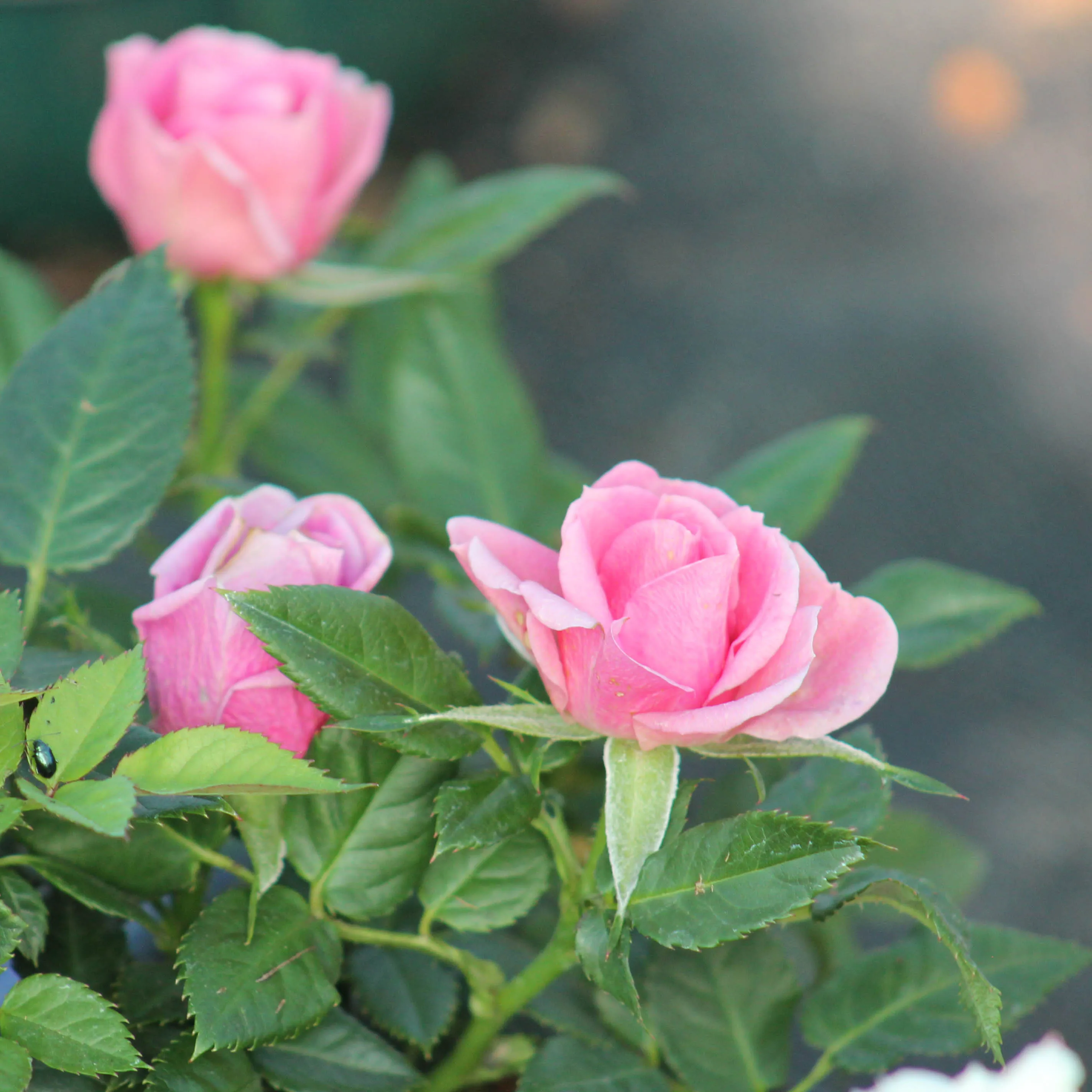Caring for Your Bonsai in December: Winterizing and Practical Tips
In December, winter settles across France, with significantly lower temperatures and frost in many regions. While some trees are already dormant, others still display their stunning autumn colors in milder climates. This month, the focus is on protecting your bonsai from risks associated with freezing temperatures. Here are the essential steps to care for and preserve your bonsai in December.
.jpg)
1. Protecting Bonsai from Frost
Winter temperatures are generally not an issue for bonsai, except for more sensitive species like azaleas and loropetalums. However, prolonged frost can dehydrate the roots. When the substrate remains frozen for an extended period, it prevents the roots from absorbing water, which can dry out the tree. If temperatures stay below freezing for several consecutive days, your bonsai’s health could be at risk.
To reduce frost exposure, place your bonsai in a sheltered spot, such as against a wall, and protect them from cold winds. Additional protection, like a frost blanket, may be necessary in the coldest regions.
2. Bonsai Repotting: Avoid in December
Repotting is not recommended in December for most bonsai varieties. Since the root system is dormant, it is best to wait until late winter, in February or March, to minimize the risk of damage. Meanwhile, you can clean the surface of the pots by removing moss and lichens, which often serve as winter habitats for pests.
3. Managing Winter Watering
In December, bonsai water needs are significantly reduced, and watering should be adjusted to the weather conditions. Avoid watering if temperatures are below freezing. If watering is necessary, do so in the middle of the day when temperatures are above zero. Ensure the entire root ball is properly watered; in winter, the substrate's surface may appear damp due to dew, but the deeper layers of soil can be dry. Regularly checking soil moisture is crucial.
4. Fertilizer: A Pause for Outdoor Bonsai
Fertilizing outdoor bonsai is unnecessary in winter. Plants struggle to absorb nutrients when temperatures are below 20°C. However, in the sunniest and warmest regions, pots may occasionally reach this temperature, allowing minimal nutrient absorption. It is still best to pause fertilization until spring to avoid waste.
5. Pruning and Wiring Bonsai in December
December is an excellent time for structural pruning of your bonsai. For conifers, this period is ideal for major pruning, wiring, or working on the wood, such as creating shari or jin to enhance the aged appearance of the tree.
Deciduous trees, having shed their leaves, are also ready for structural pruning, wiring, or guying. Alternatively, you can wait until February or March, when buds begin to swell, to carry out these tasks.
By following these guidelines, your bonsai will weather the winter safely and be ready to thrive in the coming spring.


 Production of French Bonsai
Production of French Bonsai











